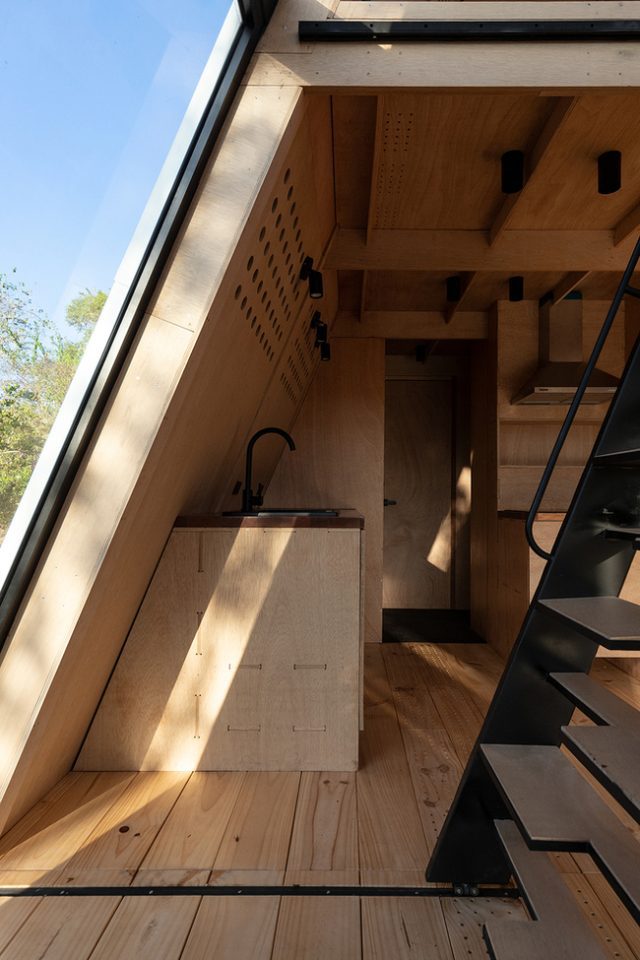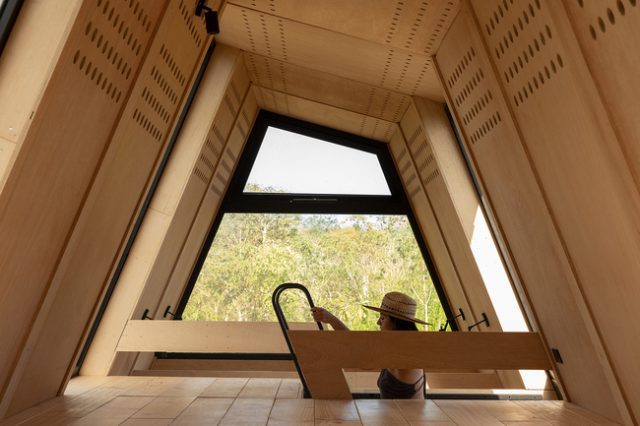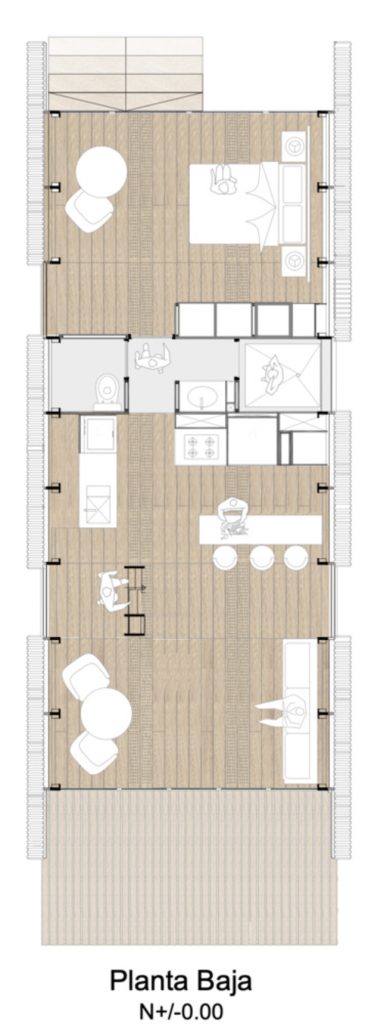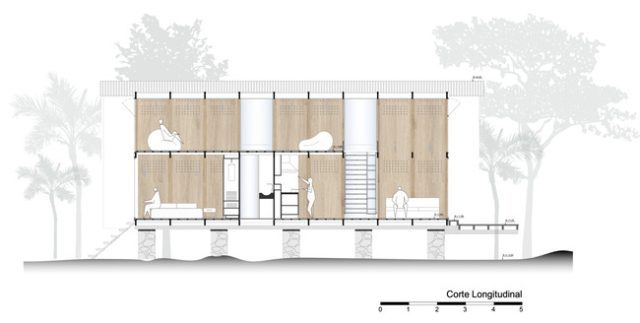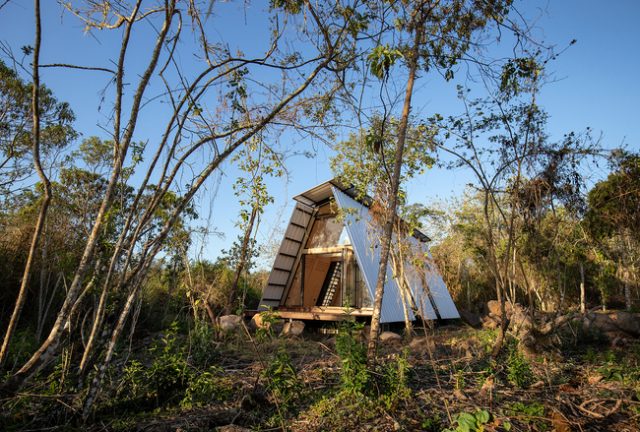
The Sula Prefabricated Home, designed by Diana Salvador, stands out as a remarkable architectural achievement that combines innovation, sustainability, and a commitment to environmental responsibility. Named after the seabird genus boobies, Sula was assembled in the Galapagos Islands for Catalina and her family, challenging conventional construction norms by being pre-fabricated on the mainland and transported in pieces. This endeavor not only showcases a unique approach to architecture but also conveys a powerful message about the possibility of building without causing negative environmental impacts.

The construction of Sula involved meticulous planning and execution, integrating 17,000 screws and nearly 2,000 custom-made pieces in wood, metal, aluminum, and glass. The design prioritized scalability, transport flexibility, and adaptation to the local context, allowing for an efficient use of resources. The prefabrication process and commitment to minimal environmental impact underscore a radical attitude towards construction and emphasize the role of women in architectural practice. Sula not only challenges traditional construction methods but also promotes a collective well-being approach, demonstrating that it is possible to create a habitat that respects nature and minimizes the carbon footprint.
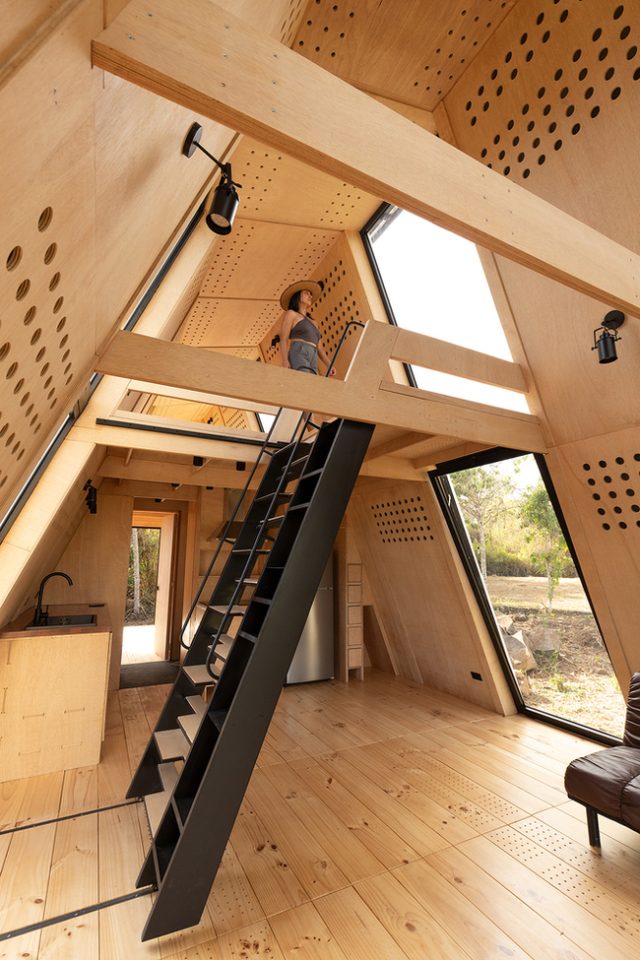
The architectural ingenuity of Sula extends beyond its innovative construction methods. The design incorporates bioclimatic strategies justified by dynamic thermal simulations, emphasizing interior comfort through thoughtful use of materials. The elevated structure allows for the formation of air chambers, promoting natural ventilation and facilitating potential disassembly for relocation. The limited use of concrete and the strategic use of gabions as foundations further exemplify the commitment to minimizing environmental impact. By utilizing five unique materials – wood, stone, metal, glass, and PVC – in an efficient and flexible manner, Sula achieves a harmonious and environmentally balanced element.
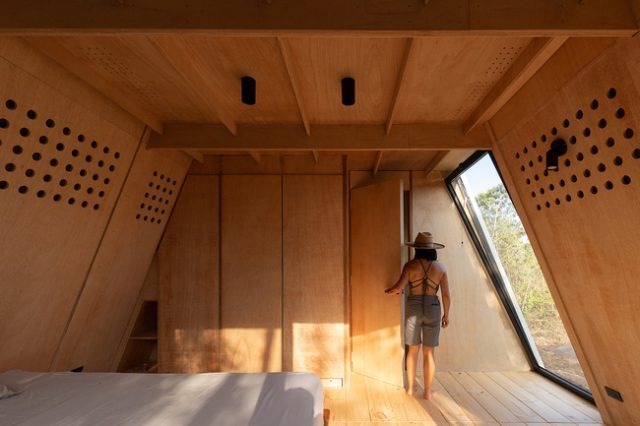
Diana Salvador’s reflections on her role as an architect, mother, and woman add a personal dimension to the project. Her commitment to making a positive difference in a challenging world and contributing to the well-being of others reflects a deep sense of purpose. Sula becomes not just a structure but a manifestation of Salvador’s belief in creating habitats that go beyond survival, aiming to make people truly feel alive. In a world where kindness to oneself and thoughtful habitat creation are increasingly crucial, Sula stands as a testament to the transformative power of architecture.

